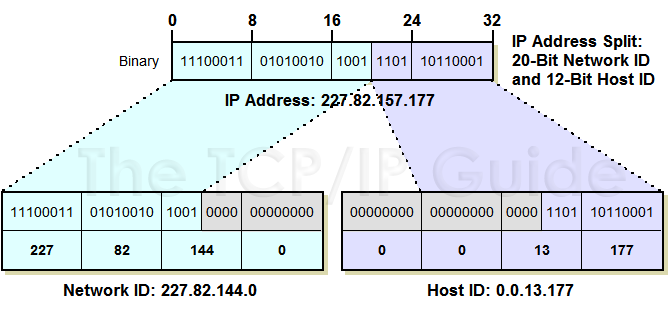 |
|
Please Whitelist This Site?
I know everyone hates ads. But please understand that I am providing premium content for free that takes hundreds of hours of time to research and write. I don't want to go to a pay-only model like some sites, but when more and more people block ads, I end up working for free. And I have a family to support, just like you. :)
If you like The TCP/IP Guide, please consider the download version. It's priced very economically and you can read all of it in a convenient format without ads.
If you want to use this site for free, I'd be grateful if you could add the site to the whitelist for Adblock. To do so, just open the Adblock menu and select "Disable on tcpipguide.com". Or go to the Tools menu and select "Adblock Plus Preferences...". Then click "Add Filter..." at the bottom, and add this string: "@@||tcpipguide.com^$document". Then just click OK.
Thanks for your understanding!
Sincerely, Charles Kozierok
Author and Publisher, The TCP/IP Guide
|
|
|

Custom Search
|
|
IP Basic Address Structure and Main Components: Network ID and Host ID
(Page 3 of 3)
Location of the Division Between Network ID and Host ID
One difference between IP addresses and phone numbers is that the dividing point between the bits used to identify the network and those that identify the host isn't fixed. It depends on the nature of the address, the type of addressing being used, and other factors. Let's take the example from the last topic, 227.82.157.177. It is possible to divide this into a network identifier of “227.82” and a host identifier of “157.177”. Alternately, the network identifier might be “227” and the host identifier “82.157.177” within that network.
To express the network and host identifiers as 32-bit addresses, we add zeroes to replace the missing “pieces”. In the latter example just above, the address of the network becomes “227.0.0.0” and the address of the host “0.82.157.177”. (In practice, network addresses of this sort are routinely seen with the added zeroes; network IDs are not as often seen in 32-bit form this way.)
Lest you think from these examples that the division must always be between whole octets of the address, it's also possible to divide it in the middle of an octet. For example, we could split the IP address 227.82.157.177 so there were 20 bits for the network ID and 12 bits for the host ID. The process is the same, but determining the dotted decimal ID values is more tricky because here, the “157” is “split” into two binary numbers. The results are “227.82.144.0” for the network ID and “0.0.0.13.177” for the host ID, as shown in Figure 58.
|
The place where the “line is drawn” between the network ID and the host ID must be known in order for devices such as routers to know how to interpret the address. This information is conveyed either implicitly or explicitly depending on the type of IP addressing in use. I describe this in the following topic.
|
|
| |||||||||||||||||||
Home - Table Of Contents - Contact Us
The TCP/IP Guide (http://www.TCPIPGuide.com)
Version 3.0 - Version Date: September 20, 2005
© Copyright 2001-2005 Charles M. Kozierok. All Rights Reserved.
Not responsible for any loss resulting from the use of this site.








 Key Concept: The basic structure of an IP address consists of two components: the network ID and host ID. The dividing point of the 32-bit address is not fixed, but rather, depends on a number of factors, and can occur in a variety of places, including in the middle of a dotted-decimal octet.
Key Concept: The basic structure of an IP address consists of two components: the network ID and host ID. The dividing point of the 32-bit address is not fixed, but rather, depends on a number of factors, and can occur in a variety of places, including in the middle of a dotted-decimal octet.